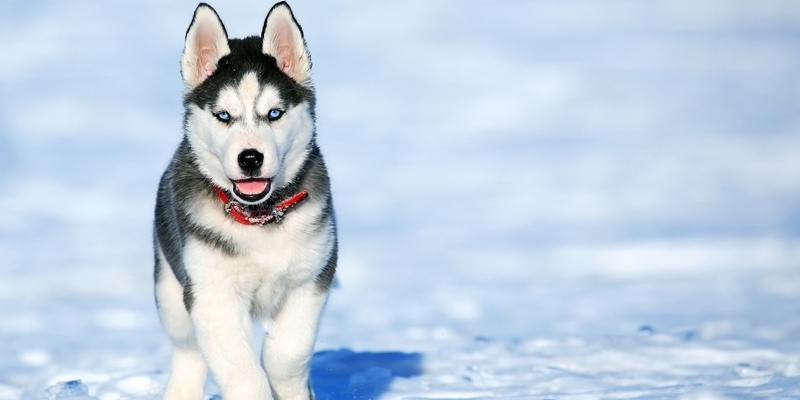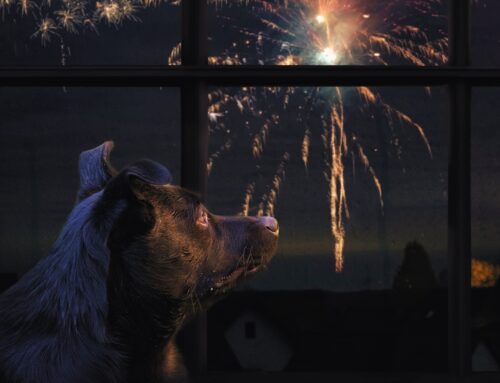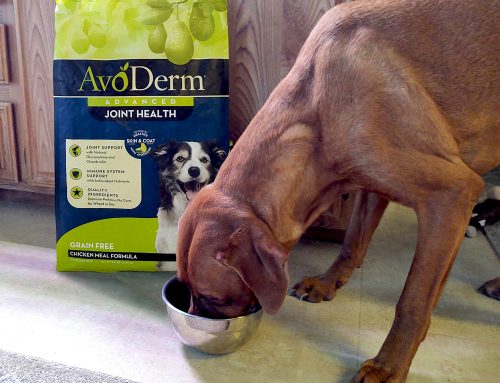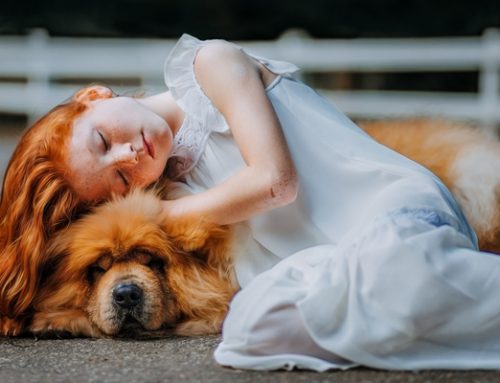Many dogs and cats love playing, jumping around and digging their noses into the snow. As a pet parent, it’s important to know how to keep your dogs and cats safe in the cold, snowy winter months. Close monitoring, warm blankets, plenty of exercise and good paw care are some of the best ways you can keep them safe and happy having fun in the snow.
Dogs and Snow Safety
What’s more adorable than your furry best friend with a patch of fresh white snow on their nose? Many pets love a few inches of the fluffy white stuff that covers their yards and play areas in the winter. But we all know that snow can become too cold and too slippery for an excited person or pet who’s not being careful.
Taking care of your pet is a lot like taking care of yourself in the winter: keep them warm, clean, safe and happy.
Many dog breeds are known for playfully jumping around in the snow at any chance they get. Labrador Retrievers, Siberian Huskies, Shetland Sheepdogs and Pomeranians are only some of the breeds that absolutely love a coating of fresh snow.
Snow can fall when it’s 32°F or when it’s 0°F outside and your dog might want to play in it all the time—even when the air is ice cold. It’s important to control how much time your dog spends outside. If it’s too cold for you in a coat, it’s too cold for your dog to spend long periods of time walking or playing in the snow.
If your dog is young and still nervous about snow, use short periods of time outside to help him get used to it. Even if your dog immediately loves the snow, stick to short trips outside to show him that you still expect good behavior and obedience during snow play.
Below, we answer some common questions you might have about caring for your dog when it snows.
Why Does My Dog Eat Ice and Snow?
Some dogs seem to love eating snow and ice as much as they love treats. It could be a leftover instinct from their wild ancestors, who had to take advantage of any source of water they found. Or, it could simply be that they like the taste and feel of the snow melting in their mouths.
Eating a little snow and ice is fine for your dog—it’s just water, after all. But always monitor where and how much he’s eating. Never let him eat snow where you think there might be rock salt or antifreeze; neither of these should be ingested by dogs or cats.
Can I Walk My Dog in the Snow?
Dogs need exercise all year round! Exercise is extremely important to your dog’s health and a dog that loves the snow will enjoy his walks even more during the winter. However, with the cold temperatures come worries about keeping your dog warm and protected.
Most dogs are fine with short walks in the cold weather but puppies, older dogs and small or short-haired breeds might need more protection from the cold. A sweater or coat and boots are helpful accessories that can keep your dog warmer and more comfortable.
How Can I Protect My Dog’s Paws in Winter?
Again, watch where your dog walks and what he’s stepping in. Rock salt and other ice melt can irritate his paws. It’s a good idea to gently wipe his paws after every trip into the snow to keep them clean. If his paws become dry or begin to crack, use moisturizer designed for dogs’ paws to help them heal.
Safety Tips for Cats Outside in Winter
Does your cat love exploring outside? Despite the common belief that all cats hate water, lots of cats actually enjoy playing and exploring in the snow. Like dogs, cats need special care in the winter to make sure they’re warm, dry and safe.
You should accompany your indoor cat the first few times she explores the snowy landscape. Watch where she goes and what she touches and tastes. If you can, let her experience snow in a small area, such as a garden or patio, until you know that she’s comfortable with the winter environment.
If your cat prefers to spend most of her time outdoors, you can still help her stay warm and protected while she’s roaming and playing. Make sure she always has an easy entrance to the house so she can warm up when the temperature drops too low.
If you have a shed or garage, keep the doors closed so your cat doesn’t accidentally become stuck inside. Also, remember to keep an eye on her outside water bowl because it might freeze in colder weather.
Warming Up
During the winter, many pet parents wonder if their dogs or cats need snow boots. Waterproof boots can protect paws and keep them dry, so they’re a great solution for any pet who will wear them.
If you think your pet is starting to feel too cold while they’re playing outside, bring them into the house and wrap them in their favorite blanket. If they love to cuddle, that is a great time for some quality cuddling on the couch, your lap or their bed.
It’s a good idea to leave a blanket in your pet’s bed during the winter and to keep his bed in a warmer area of the house, where he’ll be more comfortable. Plus, he’ll have somewhere warm to lie down when he gets back from a walk or potty break.
If your dogs and cats love the snow, let them have fun playing in it! Keep them warm and happy with some special winter care. Warm blankets, clean paws and close attention will help you and your pets have a safe and fun winter!
Sources
- Becker, Mikkel. “5 Expert Tips for Walking a Dog in Winter.” Vetstreet, Vetstreet, 6 Jan. 2016.
- “Cold Weather Safety Tips.” ASPCA, ASPCA.
AvoDerm and AvoDerm Natural are registered trademarks of Central Garden & Pet Company.





